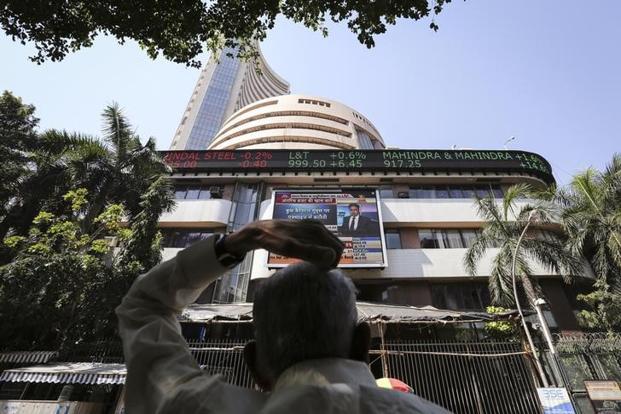A doctor friend will occasionally send a desperate SMS asking for clarity on the Narendra Modi government’s track record. He says he can’t make sense of the truth, flooded as he is with WhatsApp forwards, news, views and chatter that is so polarized that it looks like the messages are talking about two different countries. The next 10 months will see this divide get sharper and nastier as we roll up to Elections 2019.
The first thing we need to do when we enter this debate is to discard evidence by anecdote. For every anecdote from one side of the debate, the other side can give two more. My anecdote will always be more real to me than your story. Let’s stay with numbers. But numbers can also be hotly debated—depending on whether the GDP number is up or down, the validity of the data has been discarded or accepted. While numbers like the GDP or inflation or even manufacturing growth or investment are subject to a methodology which can be open to debate, the one number we can’t either fix or ignore is the Sensex, the broad market index made up of 30 companies. The Sensex seems to like it when Modi Sarkar wins elections. Look how it rose and then fell as the Karnataka elections changed colour from saffron to a muddled something.
What does the Sensex reflect and why should we take it seriously? The stock market is a place where a firm lists seeking public participation in its equity shares. The largest, best capitalised and most representative firms of the market find their way into a bellwether index such as the Sensex. A price on the stock market is that one number that carries in it all available public information about a firm, and when we extend this to a board market index, we get a number in which the expectations of the future are reflected. The price today is a call on what the market expects will happen tomorrow.
The stock market loves Modi Sarkar, as it does any other sarkar that promises growth; the Sensex is neutral to the colour of the political party. What does the market know today that the rest of us don’t or are debating? I think the market is reacting to three things coming together. One, political stability. Two, attack on corruption. Three, structural reform.
While political stability was seen in the preceding decade, it is the clear majority along with the political will to bring about change that is different with this government. The market clearly likes that. But what change do we need? Modi Sarkar correctly identified endemic, deep rooted, institutionalised graft as the epicentre of the problem with the Indian story. When the problem is a way of life, where does change even begin? In hindsight, it looks as if Modi Sarkar identified one area of work that has multiple linkages, and then built a reform plan around it, and that is to get people to pay their taxes—as individuals, as employees, as business owners, as traders. This is not an easy thing to do and governments in the past have struggled with getting more people to pay their dues. This needs structural reform. What is that?
Structural reform is not selling Air India. It is not tinkering with visible metrics but changing the way business is done in India. I will pick just four changes, although there are many others. One, the Insolvency and Bankruptcy Code (IBC) went from committee report to law in just six months and is already changing the way Indian firms pay back their debts. A creaky judicial system and toothless laws have kept the balance in favour of defaulting debtors and crony capitalism. The IBC has swept through this mess and we’ve already seen 2,100 firms quickly find Rs83,000 crore to pay back rather than lose control of their business. The goods and services tax is the second reform that will add to tax revenues and formalise the Indian economy. Not paying taxes is going to get tougher and tougher. The third change is the amendment to the Benami Transaction Act, which gave it teeth and punitive powers. The Act has already been used to attach 240 properties worth about Rs600 crore. Small potatoes right now, but it is a start. Four, linking Aadhar to PAN is a deep cut to weed out tax evasion. Increasingly people are finding it difficult to hide their untaxed income. The use of big data will make this harder and harder.
These are brave moves that needed political courage. These changes disrupt the way business is done in India. These changes can hurt the chances of the government returning to power. But without these changes the reset button on corruption will never be pressed. The stock market is reacting to the big reset that is underway, and therefore it celebrates each Modi Sarkar victory.
There are early signs of success in this effort to formalise the economy and get more people under the tax net. The number of tax returns filed is up more than 80% over a four-year period ending 31 March 2018. Total tax collection is up almost 60% over the same time period. GST has added 3.4 million new tax payers.
How should we negotiate the coming barrage of false news from both sides in the next 10 months? Remember that there is a big body of vocal elite who benefitted from the earlier system of being a part of a small minority of being near those in power. They cry the loudest. Ignore them. On the other extreme is a loony fringe that takes India back to some imaginary utopia of the past. Ignore them as well. Look for data and not anecdotes or mythological history lessons.
